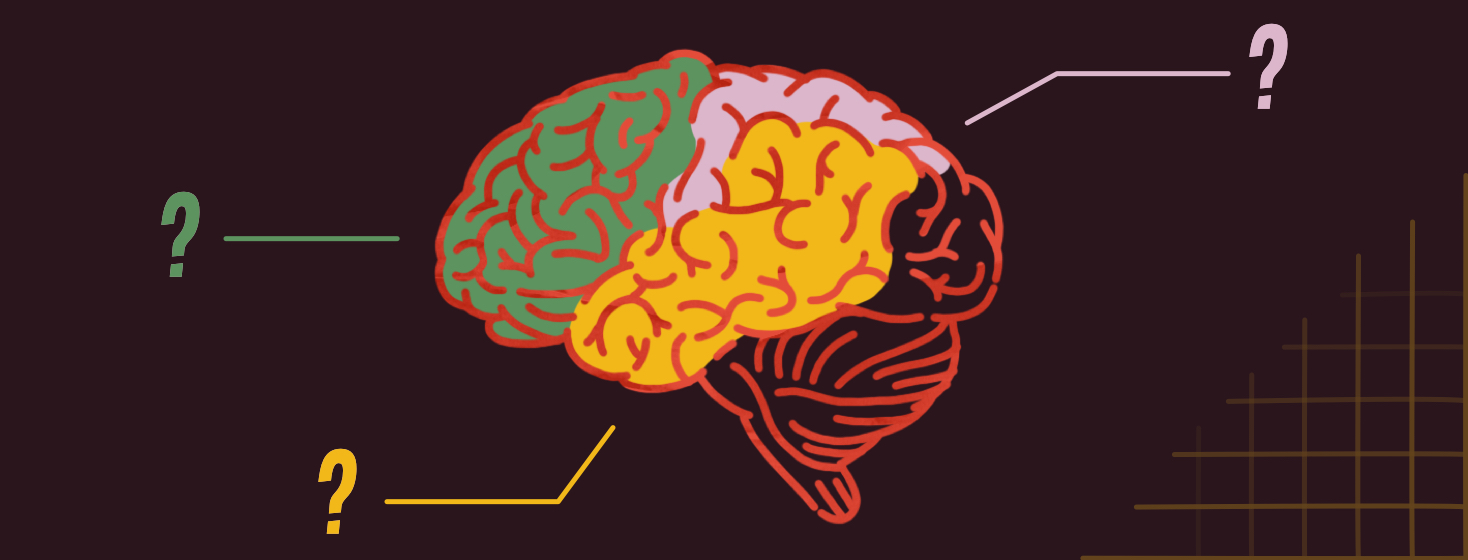Becoming a Surgery Candidate
The idea seemed so far-flung at first. Brain surgery? What exactly do the surgeons remove? After repeated seizures during my video EEG stay in the epilepsy monitoring unit (EMU) at a Michigan hospital, my epileptologist suggested that we consider another round in the EMU and possibly a surgery workup.
The journey to epilepsy surgery
The EEG recorded lots of sharp waves during my seizures, but the recordings weren’t clear enough to make a diagnosis. I was desperate for a way to stop the seizures so I brushed my doubts away.
Unfortunately, I lost my job due to epilepsy before we could start looking into surgery, so my doctor referred me to a doctor in Minnesota since I was moving back to my home state. Luck struck again. Both the Michigan and Minnesota hospitals had Level 4 Epilepsy Centers, which provide the highest level of epilepsy treatment and is the only level approved for neurosurgery.
A few months later, my new epileptologist greeted me with a friendly smile, and I warmed up to her right away. She began surgery workup, and a team of neuropsychologists and epileptologists soon started me on a path towards surgery candidacy with another round of video EEG, an MRI, magnetoencephalography (MEG), and a day-long neuropsychology exam. I was excited to start.
Finding the seizure focus
The goal of surgery workup is to identify the epileptogenic zone, which is the location seizures start and is necessary to remove for the possibility of seizure freedom. Video EEG usually gives doctors a starting point. But finding that sweet spot isn't the green light to surgery.
If crucial brain functions like language and speech are located in the epileptogenic zone, surgery is likely off the table. Surgeons won’t destroy someone’s verbal memory just to stop seizures. Those important functions require in-depth testing because everyone’s brain is different.
Several exams for a surgery workup
First up was a new round of video EEG to capture seizures. But all the artifact, which is body movements during the seizures, was interrupting most of the EEG's data, so the doctors couldn't be sure where seizures were forming.
Then came the neuropsychology exam – one of the most intense and exhausting days of my life because most of the day challenged my memory. In one test, the examiner showed me an image then took it away. I had to draw it from memory, and I did this with a few more images. I was also tracing through mazes and matching flashcards by color, shape, or number. Each test gave an inside look at the brain’s mastery, and how different connections worked together to remember every little detail of my life.
Last up was an MEG to confirm what side of my brain language was stored. Like the EEG, an MEG measures brain function, but it gives near instantaneous high-resolution recording. The results confirmed my left lobe was dominant for language. So was I fit for surgery?
Am I a surgery candidate?
Not yet. My epileptologist would review all of the testing and present the results to the neurosurgery team at a conference meeting. They would determine if I was a candidate for the next phase – EEG monitoring from the surface of the brain – called intracranial EEG.
This phase requires the most invasive type of epilepsy surgery – a large craniotomy to open the skull and place a grid. Electrodes connect to the grid to record seizures and also map the brain. Results determine if it is safe to resect a small part of someone’s brain.
Other less invasive options like laser ablation and VNS are suitable for other types of seizures. About a month after the final test, my epileptologist gathered my testing results and presented them to the neurosurgery team. They reviewed them extensively to discuss what kind of deficits a resection could cause. I waited anxiously for their decision.

Join the conversation